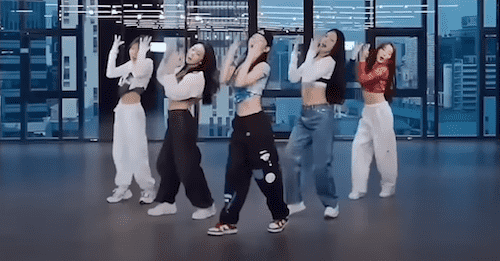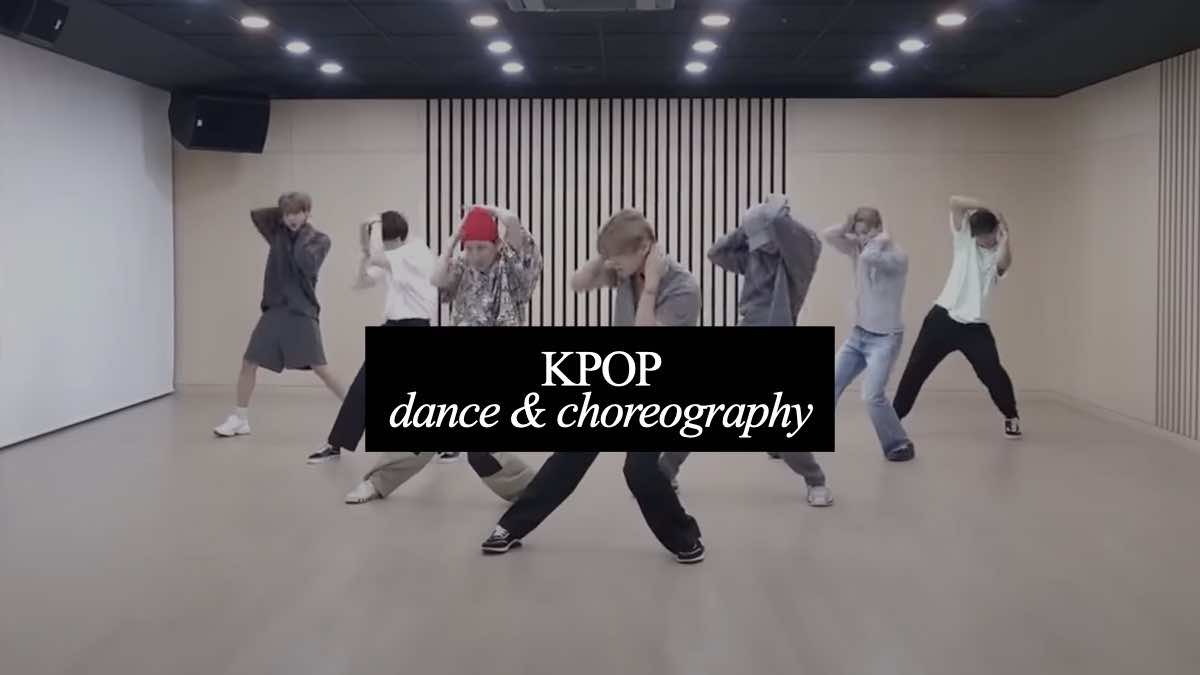Korean pop music, or Kpop, has gained immense popularity worldwide in the past few years, and its unique style of music and dance has become a trendsetter. Kpop groups have always been praised for their intricate and synchronized dance choreography, which is one of the essential elements in their performance. With a long history of Kpop, the evolution of its dance and choreography has also gone through significant changes, shaping the Kpop culture that we see today

The Origin of Kpop Dance
The origin of Kpop dance can be traced back to the late 1980s when the first Kpop group, Seo Taiji and Boys, debuted in South Korea. They introduced a new style of dance that was a more dynamic and contemporary fusion of various dance styles like hip-hop, pop, and rock. Their unconventional choreography, which was nothing like the synchronized dance we see today, caught the attention of audiences and soon became a trend.
The 1990s saw the emergence of several new Kpop groups that adopted Seo Taiji and Boys’ style of music and dance choreography. The dance moves become more synchronized, and several Kpop groups like H.O.T and S.E.S gained popularity by blending their music with a new style of dancing. In the early 2000s, Kpop started to penetrate the international market, and groups like Super Junior, Big Bang, and Girls’ Generation became global sensations with their unique choreography and charming performances.
The Rise of Synchronized Dance
The late 2000s and early 2010s saw a significant shift in the Kpop dance style. Kpop groups began to place more emphasis on synchronization and precision. The dance choreography became more intricate and challenging, requiring hours of practice and perfect coordination. This new style of the Kpop dance was inspired by Japanese pop music and dance, and it became a prominent feature of Kpop between 2010 and 2015.
Kpop groups like EXO and BTS set new standards in synchronized dance with their smooth and seamless routines. Their choreography was not only about synchronization but also incorporated visual effects and storytelling. One of the most remarkable Kpop dances that captured audiences’ attention was the iconic “Gangnam Style” dance by PSY, which became a global sensation in 2012.
The Advent of Contemporary Dance Styles
In recent years, Kpop dance has evolved with new contemporary dance styles combining with traditional Kpop dance moves. Kpop artists have started to experiment with street dance, ballet, jazz, and even tap dancing, making their performances more diverse and eclectic. Kpop choreographers have brought in high-level dancers to choreograph routines and push the boundaries of what is possible.
In 2016, the Kpop group BLACKPINK introduced a unique style of dance-choreography in their music video “Boombayah.” The dance routine features a mix of street dance and traditional Kpop moves, along with some of Lisa’s signature popping techniques. This routine became so popular that it launched a dance challenge on social media platforms, encouraging fans to participate and create their version of the dance routine.
Conclusion
In conclusion, the evolution of Kpop dance and choreography has gone through significant changes over the past few decades. From Seo Taiji and Boys’ unconventional dance style to BLACKPINK’s combination of street and traditional dance, the Kpop dance has become an intricate and mesmerizing art form that reflects the evolving trends and tastes of pop music. Kpop choreographers continue to push the boundaries of dance, incorporating new styles and techniques to create unique and visually stunning performances that captivate audiences worldwide. With Kpop’s global popularity growing day by day, it’s exciting to see what new Kpop dance trends are on the horizon.

2 thoughts on “The evolution of Kpop dance and choreography over the years”